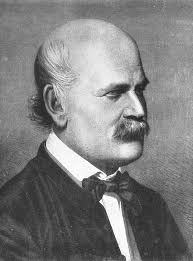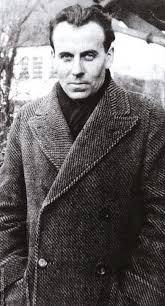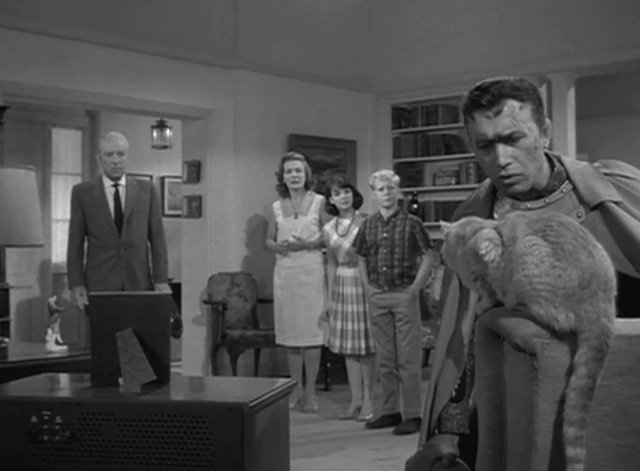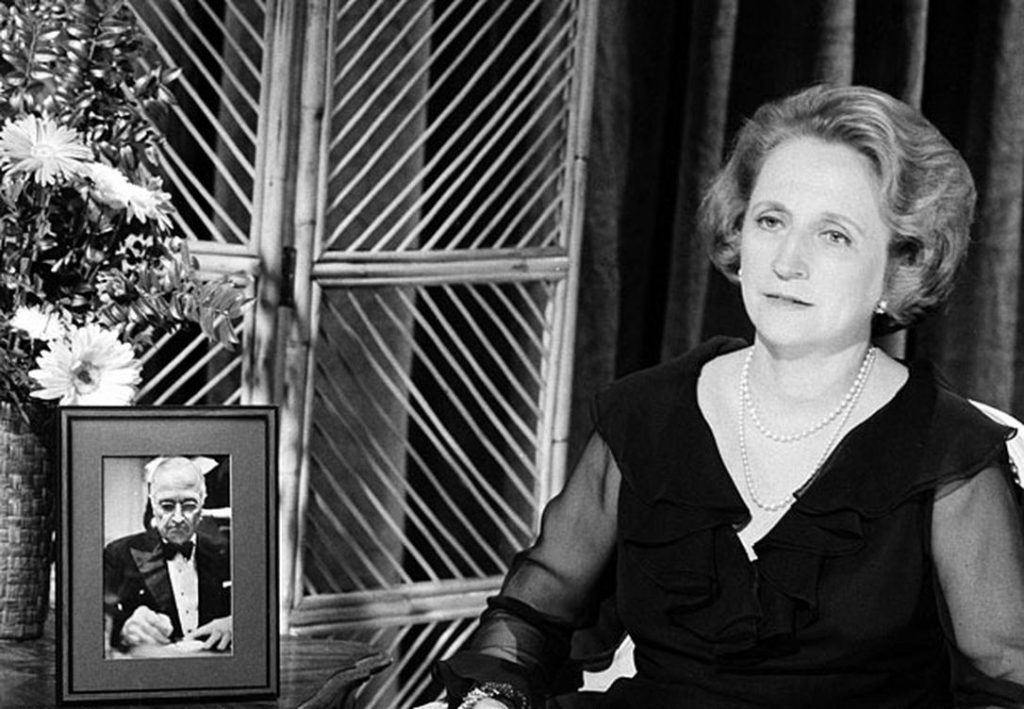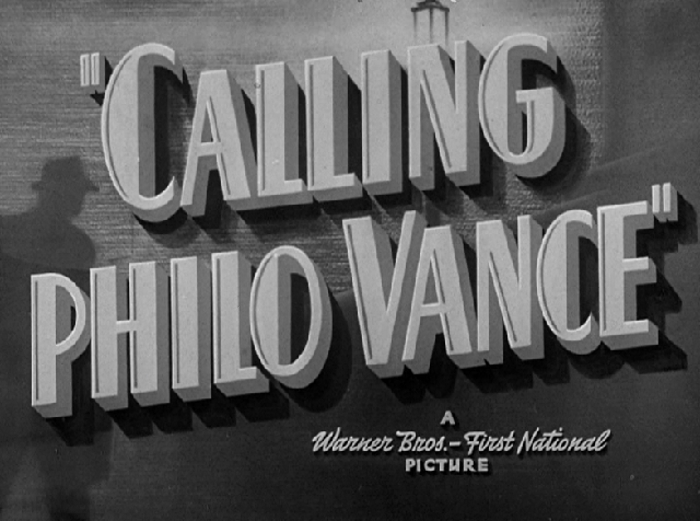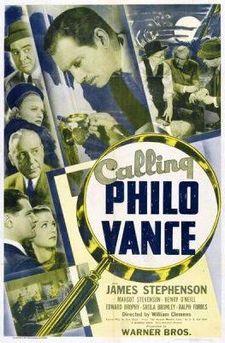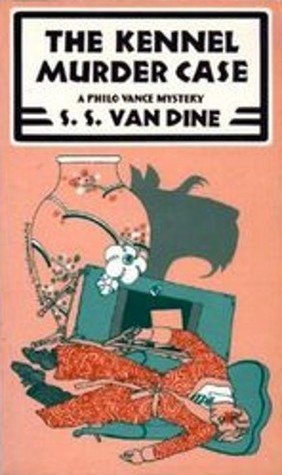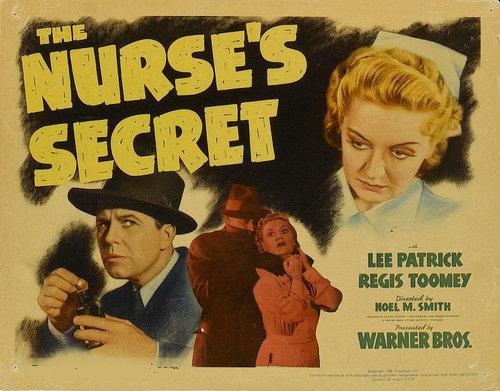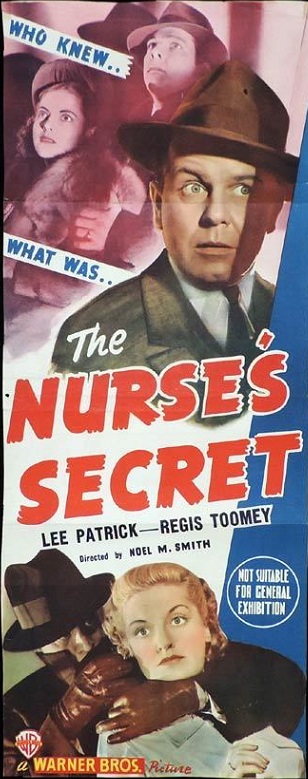Genre: Biography
GoodReads meta-data is 235 pages, rated 3.70 by 57 litizens.
Verdict: [Blank]
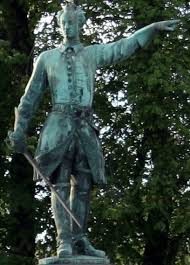
Charles XII of Sweden figured in the biography of Peter the Great I read before we travelled to Russia in 2016. That was the first time I had heard of him, but he seemed to be a snow and ice version of Alexander the Great. From that hostile, secondhand view, as Peter’s nemesis, aside from Charles’s warrior prowess, what was remarkable was that Sweden remained stable while Charles constantly campaigned. That stimulated me to find a biography. I tried samples of The History of Charles XII, King of Sweden (1731) by Voltarie; Charles XII, King of Sweden (2012) by Carl G. Klingspor, and A Warrior Dynasty: The Rise and Decline of Sweden as a Military Superpower (2014) by Henrik Lunde. The scholarly one by Lunde has so much indigestible front matter about sources, acknowledgements, definitions, summaries that the sample ends just as the text begins. Voltaire’s pamphlet is a vehicle to excoriate the barbarian Peter the Great. Klingspor is hagiography. That left Bain.
Charles XII (1682-1718) was king of Sweden from age fifteen and made endless war with Danes, Germans (the Hanseatic League, Saxony, Prussia, Hannover), Poles, Danes, and Russians singly or in alliances. For the Hansa Stockholm was a backwater that had no business in Baltic commerce (timber, amber, felts and furs). For the Poles, and Poland was a power in this day, Sweden was the protector of hated Protestants and it was, accordingly, god’s work to destroy Swedes. For the Danes, Sweden had once been a colony in all but name and should stay that. For Russia Sweden blocked access to the Baltic.
Then there were the outsiders, Catholic France wanted to undermine Protestant Netherlands by weakening its Swedish protector, and Protestant England that wanted to undermine Catholic France by encouraging continental Protestants.
Got it so far?
Two generations earlier Sweden had intervened in continental religious wars and earned the title of Protector of Protestants. Sweden then was little more than a geographic expression, however, Swedes, though few in number, proved to be organised, thorough, and committed and so had military success. The artillery helped. Swedish armies were among the first and most proficient at combined arms operations where cavalry, artillery, and infantry co-operated and co-ordinated in attack or defence. By the time Charles took the field this was old news.
Once enmeshed in the geo-politics of the region, Sweden could not extricate itself and instead waded in deeper and deeper. By age fifteen Charles conceived of a Swedish Empire that enveloped the Baltic and drove the hated Danes onto the peninsula shorn of a navy. Sword in hand he set out to make it so – this became the Great Northern War (1700-1721) that in time drew in the Ukraine, Ottomans, Bulgars, Tatars, Hannover, Prussia, Danes, Saxony, Poland, Cossacks, Tatars, and more.
When Charles took the throne the Swedish Empire was at its peak, encompassing all modern Sweden, a good chunk of the middle of Norway, all of Finland, the Karelia peninsula some of which is now in Russia, the Baltic islands, Estonia, Latvia, Lithuania, and some of the Polish Baltic coast. There were also two overseas colonies in Delaware in America and in Benin in Africa. It was a power of its day to rival the Netherlands and England, though not golden Spain nor vast France. That is, it was a middle power.
What followed in the reign of Charles XII was continuous war that led to defeat and by 1721 Sweden had shrunk to the borders it now has. He left Sweden spent, depleted, exhausted, and impoverished by his appetite for war with the hordes of Russia, the masses of Poland, the might of the Germans and Prussians, and he never seemed to know when to quit. When adversaries offered favourable peace terms, he spurned them. The comparison to Alexander the Great makes itself.

One historian estimates that one fourth of all men between 20 and 40 years old during his tenure died in war. Nearly every man served in the army at one time, stripping the land of labor in the fields, orchards, ports, markets, tanneries, smiths, and so on. By his death vast stretches of contemporary Sweden were ghost towns. If young(er) men are away at war for twenty years there are fewer young children.
King Charles departed Stockholm in 1700 and never returned to that capital. He spent the remaining twenty-one years of his life mainly with the army on campaign. Yet with his absence for more than two decades back home Sweden remained stable and willing, if not always able, to supply his financial and human requirements for the army. Despite his long, and costly absence from Stockholm, there was no usurper, no rebellion by the nobles at the war taxes, no deterioration in the civil administration for lack of funds, no palace coup, no secret deals with the Russians, Poles, or Germans to end the war. Or so it seems. That is what I found fascinating when I read about Charles in the biography of Peter the Great. Regrettably Bain offers no explanation for this remarkable stability in the permanent crisis.
If Peter the Great had spent twenty-one years away from Moscow there would have been a palace coup and/or an uprising by the nobles in the first six months. French kings seldom travelled further than Versailles, fearing that when absent the nobility would plot even more than it did when the king was present. Elizabeth in England had a secret service actively blocking internal threats to her seat. Alexander had secured his home base with a trusted emeritus general and a small but dedicated palace guard in Macedonia, but nothing like any of that seems to have been the case, or to have been necessary, in Stockholm.
While he was away, he was, in fact, not always with the army. Here is a quirk of history. After defeat at what proved to be the last major battle of the Northern War in central Russia, Charles found it impossible geographically to return to Sweden and so he went south on the reasoning that my enemy’s enemy is my friend. He found his way to the Ottoman Empire which sheltered him from the Russians for many years, while he always plotted a return to the battlefield and always urged the Ottomans to strike at Russia. He was there for years, and wore out his welcome.
When he finally returned north he continued to make war on all comers, and whenever the Senate or Chancellor in Stockholm cried for peace, he sent a stern letter reminding them who was king, and they then dutifully complied to his latest demand for yet more money and yet more men.
While he was polite in person he had a stubborn streak that had no bounds. With no political sense he went at everything straight ahead. Likewise his military tactics consisted of frontal assaults. There was no Napoleonic manoeuvring or artillery preparation. He usually plunged ahead so rapidly that artillery could not keep pace and in some campaigns he dispensed with it altogether. His wars were as destructive as Napoleon’s it is true but there is nothing constructive in his reign as there was in Napoleon’s: schools, laws, reforms, science, bridges, roads, weights and measures, tolerance….
Charles was nearly as ascetic as any stylite, wearing one uniform until it was bloody rag and then changing to a new one, eating the soldier’s gruel, sleeping on the ground in a Russian winter, and so on. He was usually at the front in combat and that is where he was killed in a meaningless skirmish with Danes. In these ways he led by example. But he had none of Napoleon’s charm in dealing with the rank and file. He remembered no names, handed out no medals, did not promote individuals for special contributions, offered no pensions, seldom even acknowledged the men as more than tin soldiers.
In sum, it remains a mystery to me why Swedes put up with this self-destructive man who was willing to take the whole Swedish people with him to the grave.




